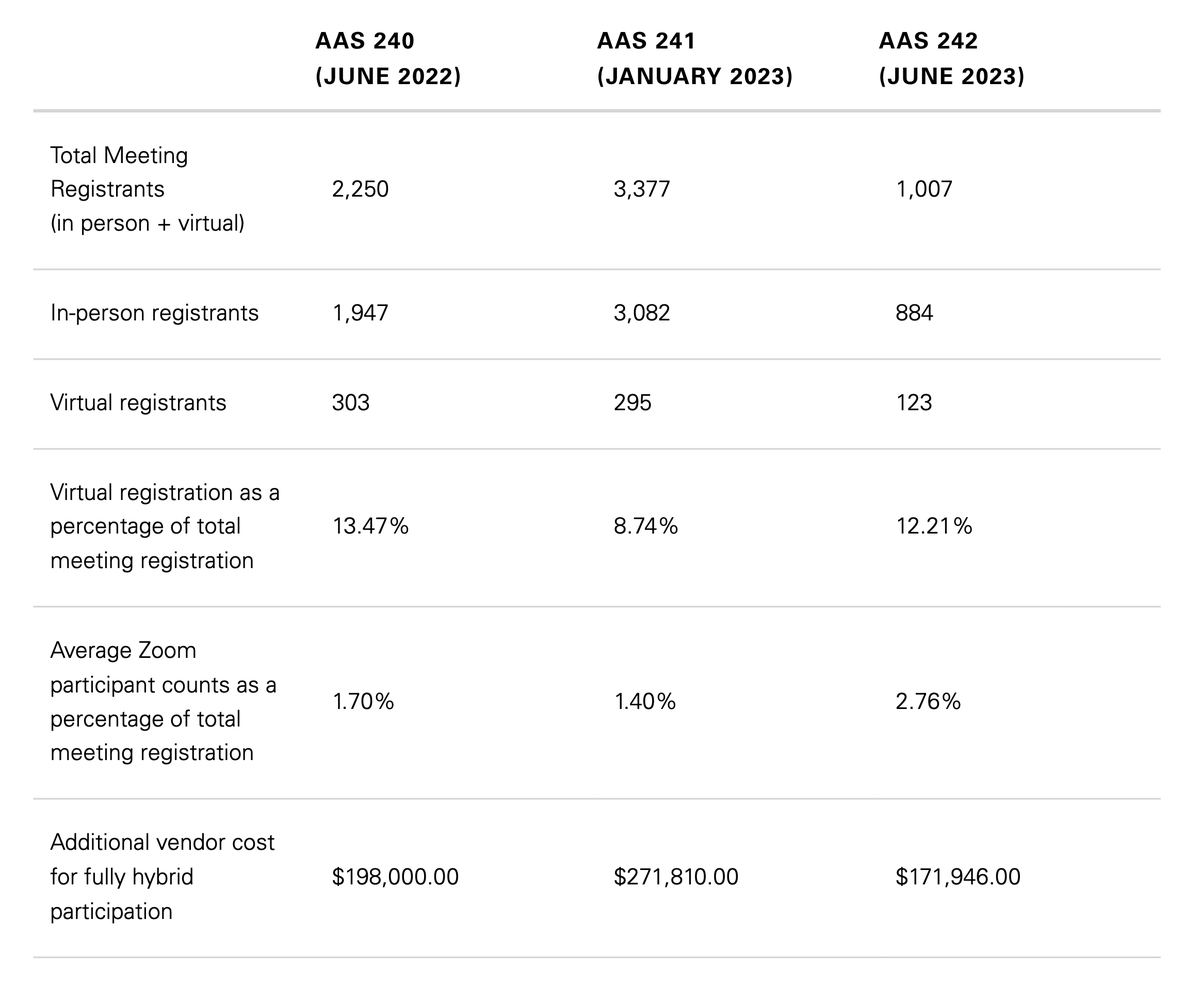Every Carruthers Observatory image is also an album cover from a great indie band you've never heard of 





Anyway, @NASA should formally rename the observatory after George, who passed away in December. It still stands today by the foot of the LEM. 

A visionary. nature.com/articles/d4158…
BTW, this bright streak is Ly-alpha. The Carruthers Observatory also did spectroscopy. And it took the first 'complete' UV images of the Earth's Geocorona. The haze you see around the earth is geocoronal Ly-alpha. 



The Finding Chart, for the Descartes Highlands on April 21, 1972 around ~noon EST, the time of the first EVA. The observatory was placed in the shadow of the LEM. Astronauts Charles Duke and John Young pointed the telescope by hand. Note the local geography on the horizon. 

Exposure times were 3, 10, or 30 minutes. The telescope didn't track. The star tracks here is due to the rotation **of the MOON** w.r.t. the celestial sphere during a 30min exposure.
What's the field here?
The Galactic Center (Sagittarius).
What's the field here?
The Galactic Center (Sagittarius).

The full Carruthers Observatory catalog is here: dropbox.com/s/pfb628ojl34t…
After the mission, Carruthers & Page wrote up the results from the observatory. You can read the paper starting at page 305 in the Apollo 16 Preliminary Science Report 

They were supposed to get a 30 min exposure of NGC 1068, but the astronauts mis-pointed the telescope (understandable ... they had big gloves and ... well ... they were on the Moon). 

whoops, I meant to link the PDF of the report! Page 305 here: hq.nasa.gov/alsj/a16/as16p…
Unfortunately, observatory is far too small to be resolved today, even by LRO. But it's there, standing in the shadow of the LEM. 



Highest resolution LRO image of landing site is here. Scroll and see if you can find it! wms.lroc.asu.edu/lroc/view_lroc…
The observatory is sitting in the hatched shaded area next to the LM. Credit for this overlay goes to: hq.nasa.gov/alsj/a16/a16Fl…
You can view all of the scanned Carruthers Observatory images here: archive.org/details/AS16-1…
I've also placed these scans for quick viewing on Dropbox here: dropbox.com/sh/t70o8i8rlnp…
Some cool little details, from the post-mission science report. hq.nasa.gov/alsj/a16/as16p… 







While the observatory itself is still on the moon, the actual film cartridge used is in @smithsonian's @airandspace collection. 😎 



astrometry.net is absolutely incredible
https://twitter.com/AstroMikeMerri/status/1382431019526152197?s=20
by the way, there's a cool Astro 101 problem with this image, using the angular size of the star tracks and the fact that it's a 30 minute exposure
https://twitter.com/astrogrant/status/1382414581696323584?s=20
Unfortunately, in the Sagittarius images, the Galactic Center (Sgr A*) is *just* out of the field of view. Thanks to @AstroMikeMerri for thinking to use astrometry.net. 

• • •
Missing some Tweet in this thread? You can try to
force a refresh





















